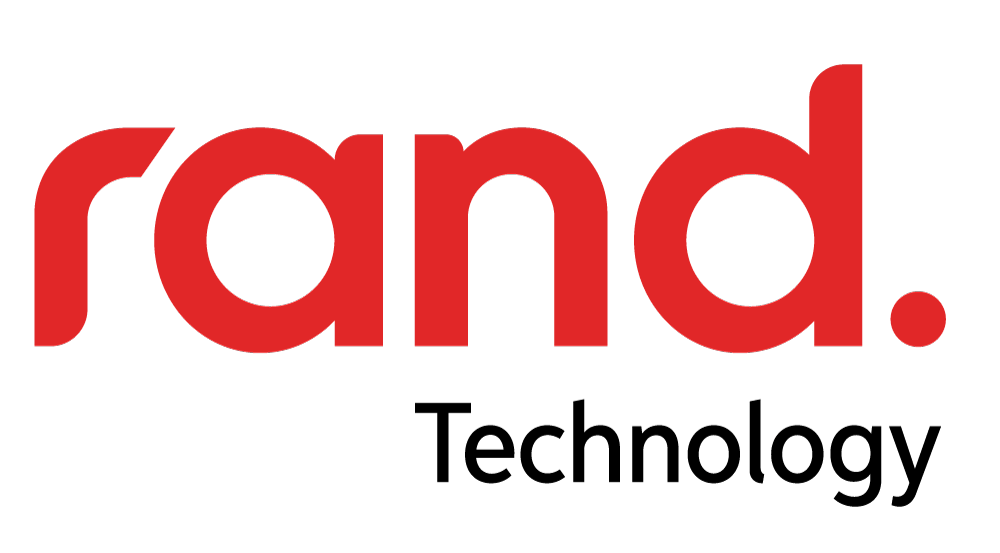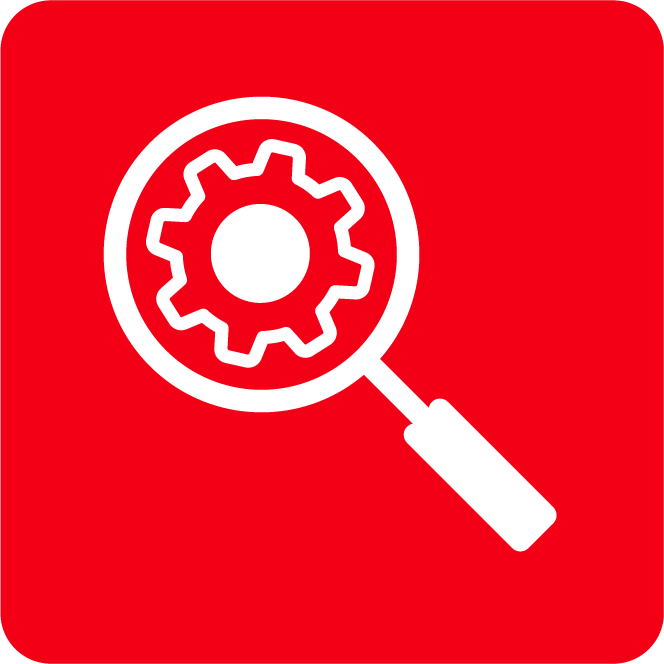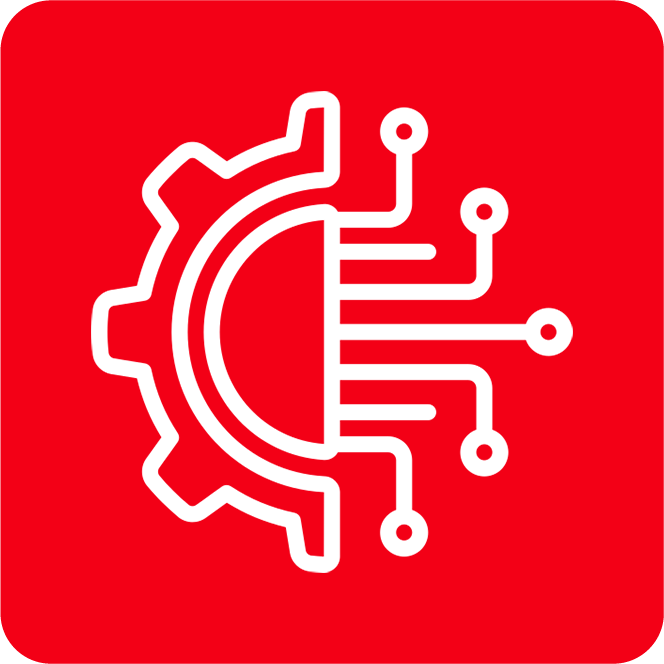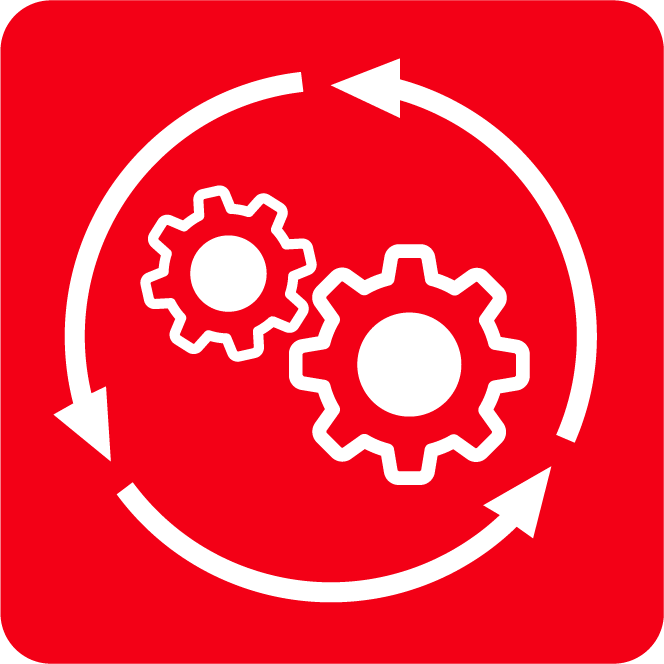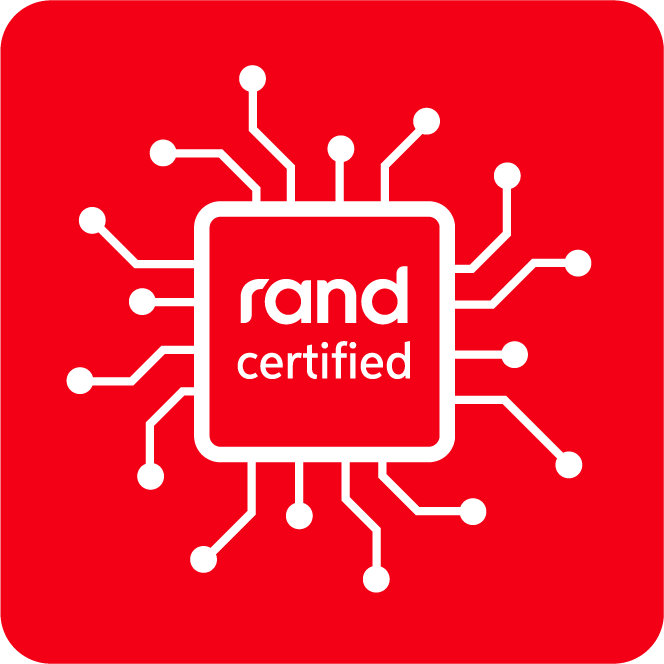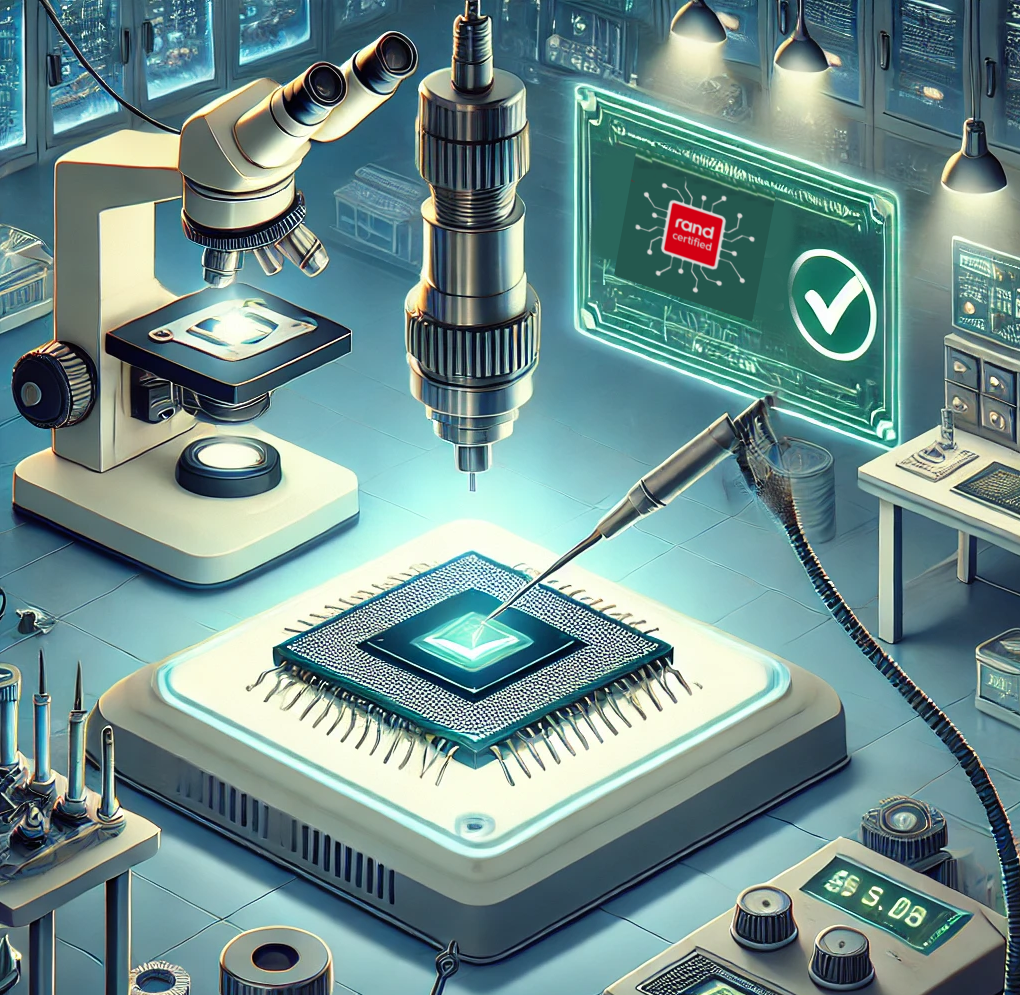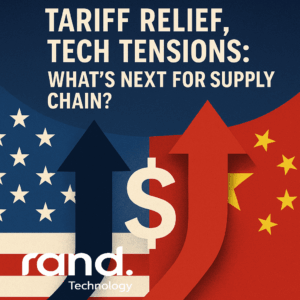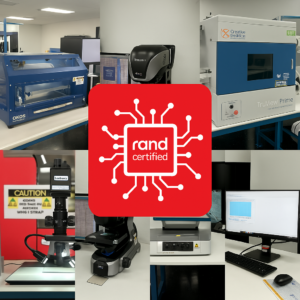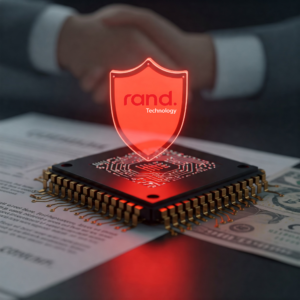At Rand Technology, we understand technology’s critical role in the aerospace and automotive industries, where performance, safety, and longevity are paramount. With advanced systems like avionics, braking systems, autonomous driving modules, and engine control units (ECUs) as the backbone of these sectors, the risk posed by counterfeit electronic components is substantial.
These industries face challenges, whether in aviation or electric vehicles (EVs), and the repair or replacement costs are just the beginning. Reports of incidents cause reputational damage that affects shareholders, customers, and the entire supply chain. Questioning reliability can trigger litigation that costs billions.
The Problem of Unregulated Sourcing Channels
The fast pace of modern manufacturing and the demand for finished products can make shortcuts tempting. When critical component backlogs arise, some companies turn to the grey market—the unregulated frontier of procurement. This often happens when a technology OEM announces that it will stop manufacturing parts still essential for products currently in production, on the road, or in the air.
Component obsolescence is a costly problem for manufacturers of goods designed for longevity, like planes and vehicles. When an OEM-authorized replacement part isn’t available, manufacturers face a difficult choice: source an inexpensive part from the grey market or sideline expensive equipment.
The grey market’s allure, with its promise of quick availability, can tempt even the most cautious. Even diligent buyers can be deceived. Counterfeit components flood the market, making it as challenging to distinguish genuine parts from fakes as separating grains of sand on a beach.
Counterfeiters are becoming increasingly sophisticated, making some fake components nearly indistinguishable from legitimate ones. As soon as the industry develops a new detection method, counterfeiters find ways to circumvent it—all for one reason: profit.
According to Fortune Business Insights, the global semiconductor market is valued at approximately $617 billion as of 2024, reflecting a year-over-year growth of about 16.6%.
This growth is primarily driven by the increasing demand for integrated circuits (ICs), especially in the automotive sector, data centers, AI, and high-performance computing (HPC) sectors. Reports project that the global semiconductor market will expand further, with valuations expected to reach approximately $687 billion by 2025. The global semiconductor industry plans to increase capacity by 6% in 2024 and 7% in 2025, aiming to achieve a monthly production capacity of 33.7 million wafers. (MarketsandMarkets)
Despite efforts to strengthen environmental regulations and increase corporate interest in sustainability, electronic waste still finds its way into the grey market, providing counterfeiters with a steady supply of materials. With multiple entry points in the component supply chain, counterfeit parts can slip through undetected. Some counterfeiters are bold enough to produce fake components at legitimate manufacturing facilities or steal intellectual property and manufacturing dies, compromising quality assurance.
High-Profile Examples of Counterfeit Component Failures
Sourcing parts from the grey market is a risk that rarely pays off. Counterfeit components have caused severe consequences in the aerospace and automotive industries, leading to costly recalls and, in the most tragic cases, fatalities.
Military aircraft and systems: A 2011 U.S. Senate investigation revealed the pervasive nature of counterfeit components in the aerospace sector. For example, fake microchips in the U.S. Navy’s P-8A Poseidon aircraft caused malfunctions in deicing systems. The investigation uncovered more than 1,800 instances of counterfeit electronic parts across cargo planes, surveillance aircraft, collision avoidance systems, submarines, and weapon systems, totaling over one million counterfeit components. The report highlighted the defense industry’s reliance on unvetted independent distributors for electronic parts.
Medical Devices: In 2018, authorities uncovered a significant scandal when they found counterfeit microchips in life-saving medical devices, including pacemakers and insulin pumps. The fake components, sourced from unauthorized distributors, caused device malfunctions, leading to several patient injuries and at least two fatalities. The FDA launched an investigation, revealing that the counterfeit chips lacked the required reliability and safety testing. Medical device manufacturers responded by issuing widespread recalls, which cost the industry millions and underscored the critical need for vigilance in sourcing components for healthcare technology.
Consumer vehicles: In 2019, the U.S. National Highway Traffic Safety Administration (NHTSA) expanded its investigation into 12.3 million potentially defective vehicle airbags from manufacturers like Honda, Hyundai, Kia, Mitsubishi, Fiat Chrysler, and Toyota. The issue? Counterfeit electronic components in airbag control units caused injuries and at least eight deaths when airbags failed to deploy properly during accidents. Toyota alone recalled over 3.4 million vehicles.
Commercial airlines: Despite incidents like the Boeing 737 Max crashes in 2018 and 2019 linked to faulty sensors, airlines face challenges ensuring component authenticity. Fraudulent airworthiness documentation has surfaced for aircraft engine parts used by major airlines. This prompted advisories from the Federal Aviation Administration (FAA) and the European Union Safety Agency, urging aircraft operators and maintenance companies to trace the origins of parts supplied by companies like AOG Technics, which had sold thousands of questionable components since 2015. In late 2023, the London High Court ordered the company to disclose all parts sold.
Industry Standards Aimed at Guaranteeing Authenticity
Regulatory bodies like the FAA, NHTSA, and international organizations have implemented stringent post-market surveillance and adverse event reporting guidelines in response to the constant threat of counterfeit components. For example, the FAA’s Suspected Unapproved Parts (SUP) Program aims to identify and eliminate counterfeit components in aviation.
The automotive sector follows quality management standards, such as the International Automotive Task Force (IATF) 16949, to ensure that manufacturers use only authorized and verified electronic components, guaranteeing safety and reliability.
Regulatory bodies like the FAA, NHTSA, and international organizations have implemented stringent post-market surveillance and adverse event reporting guidelines in response to the constant threat of counterfeit components. For example, the FAA’s Suspected Unapproved Parts (SUP) Program aims to identify and eliminate counterfeit components in aviation. The automotive sector follows quality management standards like the International Automotive Task Force (IATF) 16949 to ensure manufacturers use only authorized and verified electronic components, guaranteeing safety and reliability.
Taking Responsibility Beyond Regulatory Compliance
At Rand Technology, we understand that compliance with these industry standards is just the beginning. To truly safeguard against counterfeit components, we go further with our Rand Certified program. Rand Certified represents our commitment to ensuring that each component undergoes rigorous inspection and testing using aerospace-level standards. Every part is validated for authenticity and performance, providing our clients with full traceability and the confidence that the components meet or exceed manufacturer specifications. Test results accompany every shipment, giving our clients an added layer of assurance.
By partnering with Rand Technology, aerospace and automotive manufacturers benefit from compliance and elevated quality assurance that exceeds regulatory requirements. Our experienced team of certified engineers, technicians, and advanced in-house testing capabilities ensure that each component we provide is Rand Certified and ready for use. Our facilities meet strict quality standards worldwide, guaranteeing consistent results wherever our customers operate.
With Rand Certified components, we help our partners maintain the safety, reliability, and performance standards their industries demand, protecting them from the risks of the grey market and counterfeit products. Partnering with Rand Technology means investing in a secure and transparent supply chain designed to support your business every step of the way.
